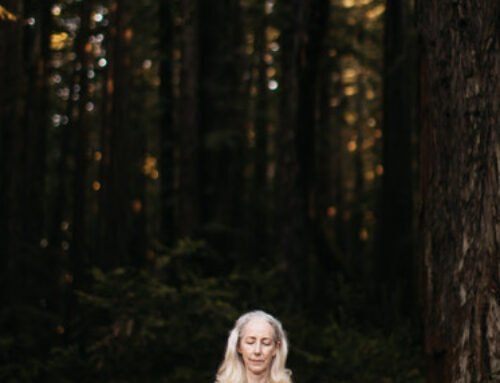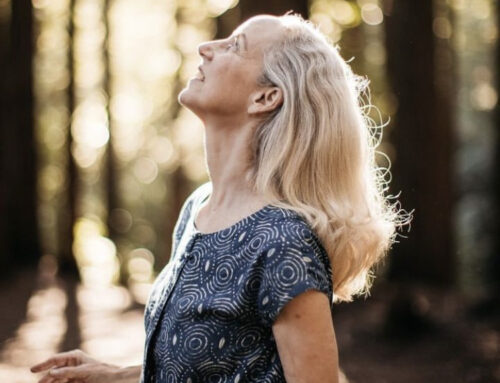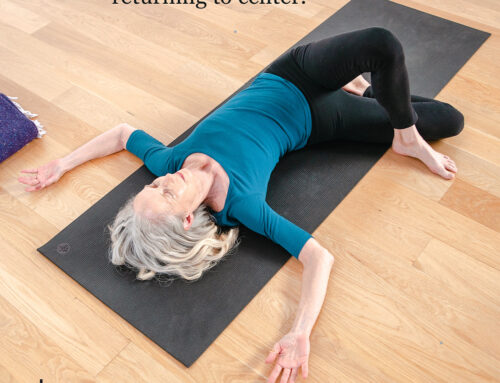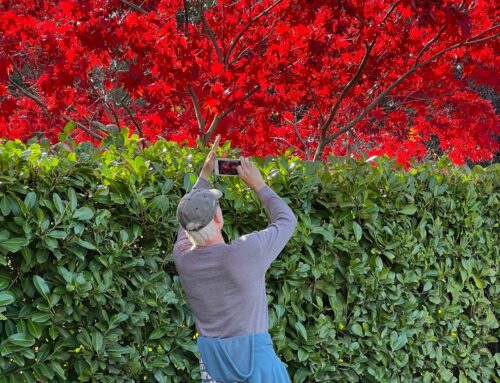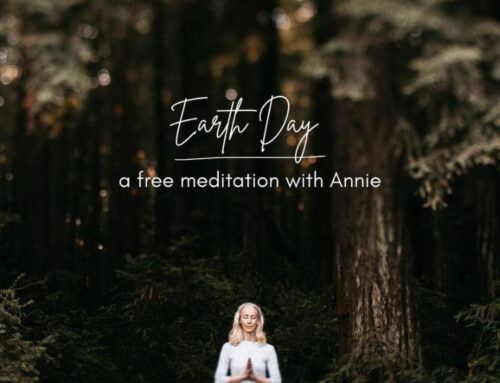Why do we Yogis call standing upright Mountain pose? If standing well is akin to a mountain, what is that metaphor meant to teach us? I don’t think it’s the challenge of scaling up and then back down the other side; nor do I think it’s getting to the top to enjoy the incredible views. Certainly, it’s not the idea of a slow steady decay as through the centuries the mountains loose stature and topple, rock by rock, into their very valleys.
But on that note, the quality of endurance may just be that original intention. Though eventually they will be brought to their knees, mountains seem to last forever. In our lifetimes and in the stories about mountains we hear and pass on, these beloved symbols of longevity persist through the ages.
In Yoga asana, Tadasana is standing upright and erect, balanced front to back and side to side, Mountain pose. In Sanskrit, it’s Tadasana. There is so much to do, to explore and to learn in and from this “simple” pose.
Here, we learn to root and rebound. We root through our feet, noticing if our weight is forward or back, on the inner or outer feet, or more on one foot than the other. We learn to firm the legs, awakening and firming evenly on each leg and each group of muscles that surround our legs, creating a feeling of spaciousness on all sides of the ankle, knee and hip. We place the pelvis right on top of the paired verticality of our legs until the quality of a bowl, not tipping in any direction, is found. From the back of the pelvis where the base of our spine sits, we balance the sacred bone. Here, at the sacrum, the meeting of above and below, right to left and even the cross diagonals that make walking graceful, we our “just right.”
The health and fluidity of our spines begins here at the head, or top, of the sacrum. The beautiful curves, front to back, receive any and all shocks. Any individual sideways or twisting curve that our less-than-perfect spines may have, take advantage of each practice of Tadasana to move towards balance. We know we are there as our belly and its organs relax, and our breath lengthens and expands.
Our shoulder girdle and arms drape with ease in Tadasana, giving a feeling of an open chest, the possibility of reaching and holding with our arms, and an ease and fullness to each Inhalation. On our exhales our shoulder blades glide down releasing our neck above.
The more delicate and nimble neck and the head above awaken from their ingrained patterns learned from staring at devices for hours on end, and from leaning in to connect with our beloveds. As the neck finds its spaciousness and the head its skyward float, we observe a deep release in the jaw and tongue, our eyes relax, and listening in all ways becomes easier.
Then, effortlessly we move from all the micro-adjustments to a feeling of the whole — ourselves as a whole, complete being– and we understand what true Drishti is. Drishti, the ability to focus steadily on one point at which we softly gaze, while steadily “seeing” everything that is inside of ourselves.
Tadasana has the intent of bringing us to our most spacious physical experience. From this, we gain two seeming opposing
possibilities. Like the mountain we can stay here for extended periods. The balanced position requires the least amount of effort and energy to sustain. And, at the same time, in this place of balance, we are literally ready to go in any direction at any time. Amazing: easily able to stay and ready to go.
I’d be remiss if I didn’t add one more thing. In one of the schools of Yoga this pose is called Samasthithi, or even-standing pose. This translates as sama, even or balanced, and stithi from the word sthira, for steady, firm or strong. Further, sthira can also be translated to earth. In Samasthithi we have the method, or instructions on how to ground, and stand tall with ease. If we couple that with Tadasana, the great symbol of a mountain enduring through time immeasurable, we may begin to practice and live with equanimity, indeed.
